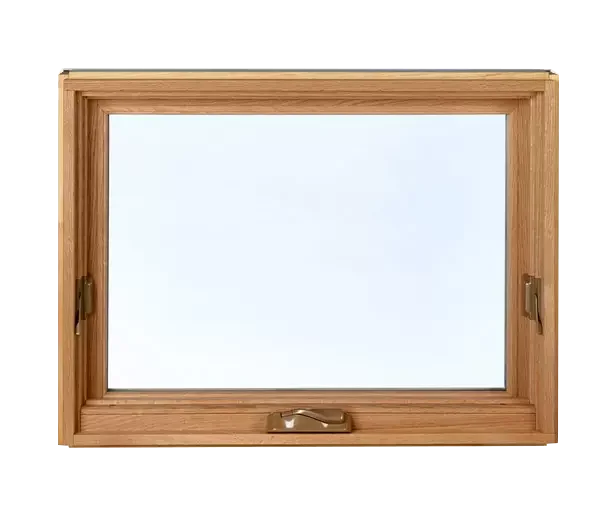Product Troubleshooting
Below use our guide to troubleshoot any Pollard window and door products you have.
Casement Windows
Window will not close properly or is difficult to operate
Vinyl casement windows are manufactured with shipping blocks attached to the perimeter of the operating sash (there are 3 in total, 1 on the bottom and 1 on each side). These shipping blocks brace the sash to the frame so that during the installation the entire window can be easily installed plumb and square.
Once installation is complete they need to be removed. To do this, simply open the window, reach around to the edge of the sash and pull the shipping blocks out of the perimeter groove they are in.
Now crank the window fully closed and lock.
Patio Doors
Patio door does not operate smoothly.
Check aluminum sill runner and clear away any mortar, caulking, dirt or other debris.
Check to see that operating panel is actually riding on the aluminum runner.
If operating panel is not riding on the aluminum runner, lift panel straight up to disengage it from the sill, centre door over aluminum runner and gently set panel back down onto runner.
If you find the panel is still difficult to operate, locate the screw holes at the bottom of the operating panel on both edges. These contain set screws that will allow you to raise or lower the rollers in the panel. By turning the screw counterclockwise you will lower the rollers which will have the effect of lifting the operating panel up and away from the aluminum runner. Be careful not to raise the operating panel so much that the weather strip along the bottom doesn’t make contact with the aluminum runner. Remember, if you adjust a roller on one side you will likely have to make the same adjustment on the other side to keep the door operating in a level manner. After adjusting the door, be sure to check that the lock in engaging properly (if not, see instructions below).
Periodically, use a silicone spray to keep the aluminum runner well lubricated.
Patio door does not lock properly.
Slide operating panel over to within 6″ of closed position, lightly depress toggle on handle, this will pop out the locking hook from edge of panel.
Slowly bring panel towards the locking position and take note whether or not the locking hook will fit into rectangular slot in the keeper. Ideally, the top of the locking hook should be ¼” below the top of the rectangular slot. If it is not, loosen the screws that fasten the keeper to the side jamb, slide the keeper into the correct position and tighten the screws.
Now fully close and lock door.
Patio door screen does not operate smoothly.
Check aluminum sill runner and clean away any mortar, caulking, dirt or other
debris.
Check to see that screen rollers are actually riding on aluminum runner.
If screen rollers are not riding on aluminum runner, use a flat head screwdriver or putty knife to gently lift each roller onto aluminum runner.
Patio door screen does not close properly.
Bring screen door to closed position and look to see where the gap is between the screen door and patio door frame.
If there is a gap at the top, adjust the bottom screen roller that is closest to the locking position, by turning the screw clockwise you will raise the screen roller up into the frame of the screen. This will have the effect of lowering the screen door at that point and will remove the gap.
If there is a gap at the bottom, adjust the bottom screen roller that is furthest away from the locking position, by turning the screw counterclockwise you will raise the screen roller up into the frame of the screen. This will have the effect of lowering the door at that point and will remove the gap.
Patio door screen does not lock.
Note: Only attempt to adjust screen door lock after you are satisfied that screen door is operating smoothly and sealing properly.
Push thumb latch down located on screen door handle all the way down to its resting position.
On the edge of the screen door you will notice a metal catch, using a pencil, mark on the face of the screen door where the top edge of that metal catch is.
Bring screen door to the closed position and using a pencil, mark on the face of the screen door where the bottom edge of the screen keeper is.
Top edge of metal catch should clear the bottom edge of the screen keeper by
1/8″
If the top of the metal catch does not clear the bottom of the screen keeper loosen the two screws on the screen keeper and slide the keeper up or down until the 1/8″ clearance is achieved. Tighten screws.
Patio door screen should now lock.















